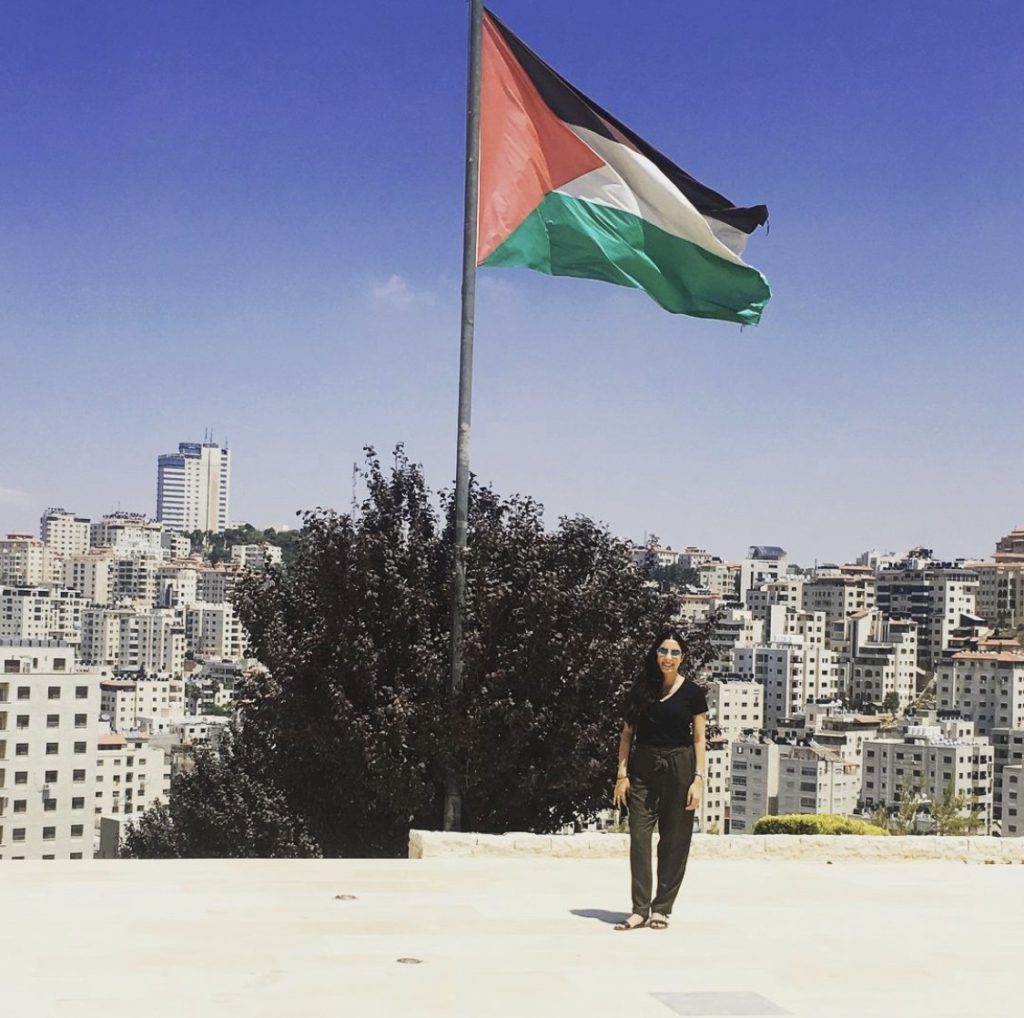You should know that I’m unapologetically Palestinian. One starting point for my family is when my father and his family were expelled from their home in Palestine in 1967 and became refugees living in Jordan due to the Israeli occupation of Palestine. Several years later my parents married, had my brother, and eventually made their way to Lawndale, California in pursuit of freedom, autonomy, and opportunity — the so-called “American Dream.”
Two years later I was born. I grew up attending Palestinian events and protests with relatives who chanted “Free, Free, Palestine” with a mix of pride and pain. I was taught to be proud, to celebrate my roots and my heritage. As I got older, though, I noticed how the Arab news channels my parents watched portrayed events in Palestine and Israel differently than the English news channels.
More and more, I thought of my family in Palestine who continued to live under Israeli occupation. I wondered what their lives were like.
When I was a teenager, I got a glimpse through a visit from my maternal grandmother. My family was fortunate enough to get a visa for Teta Mary to come to the U.S. to visit us. She had sparkling silver hair, a beaming smile, and the ability to make people laugh even in the most painful moments. Her electric energy made people — and especially me — want to be around her all the time.
After Teta Mary went back to Palestine, we talked by phone frequently. Over time, her health started to decline, and we discovered she had kidney failure. Suddenly she needed dialysis treatment every two days. When I found this out, I was oddly relieved because I knew that with dialysis treatments, people can survive kidney failure for several years.

